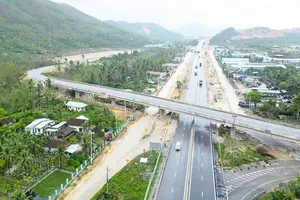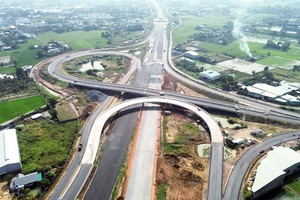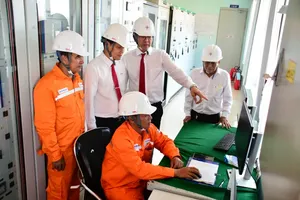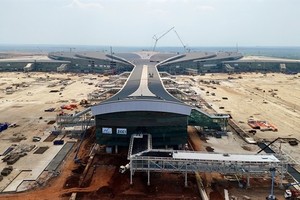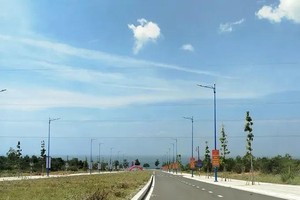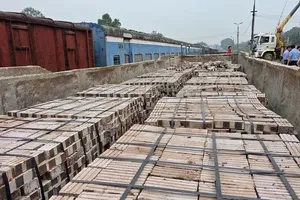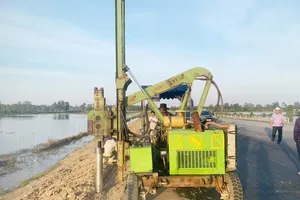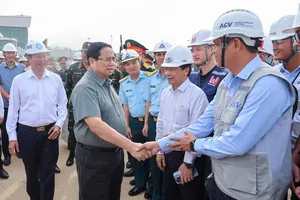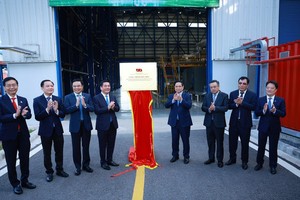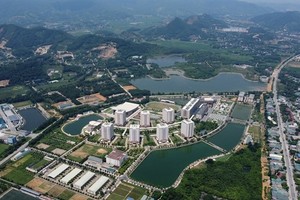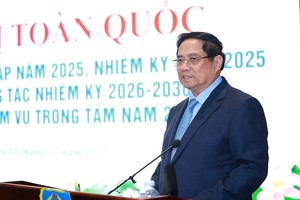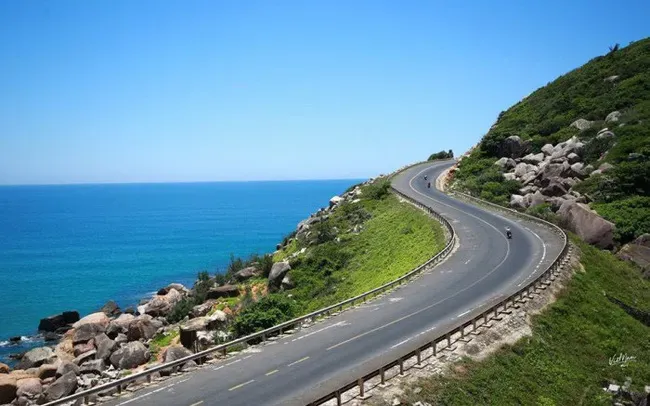
Vietnam is home to a 3,260-kilometer coastline, from Quang Ninh to An Giang, offering significant advantages in marine resources, tourism, and national defense. The country's planned coastal road system, combining national and local roads, is projected to span approximately 2,838 kilometers.
Currently, 1,397 kilometers of the system have been completed and are operational. An additional 633 kilometers are under construction, while over 808 kilometers have yet to begin investment or are in the planning stages.
In the Prime Minister's official dispatch, the Government lauded the efforts of ministries, agencies, and provincial people's committees, noting that the country has already surpassed the goal of completing 1,000 kilometers of coastal roads by 2025 as outlined in Resolution No. 154/NQ-CP.
However, investment in completing the entire coastal road network remains inconsistent and fragmented, limiting the overall effectiveness of regional and interregional connectivity.
To accelerate the progress of coastal road projects and meet the country’s socio-economic development needs as well as the expectations of residents in coastal areas, the Prime Minister has directed local authorities to regard the rapid completion of the coastal road as a key political priority. This task should receive focused leadership, guidance, and lawful resource allocation. Furthermore, the completion of coastal road projects must be explicitly included in the resolutions of the provincial and municipal Party congresses for the 2025–2030 term as a target for achievement.
The Prime Minister has instructed Ho Chi Minh City, Hai Phong, Da Nang, Hue, Hung Yen, Ninh Binh, Thanh Hoa, Nghe An, Quang Tri, Quang Ngai, Gia Lai, Dak Lak, Khanh Hoa, Lam Dong, Vinh Long, Ca Mau, and An Giang to direct investors and contractors to review construction schedules, mobilize machinery and equipment, and organize continuous work in three to four shifts, including during holidays. They are to apply necessary technical solutions to shorten completion times, improve quality, and bring projects into operation, ensuring that progress is at least three months ahead of schedule. Projects planned for completion in 2025 must be finished no later than December 19 of that year.
Additionally, Ho Chi Minh City, Hai Phong, Hue, Can Tho, Quang Tri, Quang Ngai, Gia Lai, Dak Lak, Khanh Hoa, Lam Dong, Dong Thap, Vinh Long, Ca Mau, and An Giang are tasked with reviewing and prioritizing the allocation of medium-term public investment plans for 2026–2030, along with other lawful funding sources, to invest in and upgrade sections of the coastal road to meet local socio-economic development needs. Investment preparation—especially for ODA-funded projects—should be expedited to ensure construction can be implemented promptly, with the goal of completing the entire coastal road from Quang Ninh to An Giang before 2030.
The Ministry of Agriculture and Environment, in coordination with local authorities, is to promptly address issues related to dumping sites for construction materials and the supply of common building materials to ensure project timelines are met.
The Ministry of Finance will take the lead, working with relevant localities to review and balance capital sources, ensuring funding is arranged for sections not yet prepared for investment. The Ministry will also support localities in expediting investment preparation for ODA projects planned for implementation during the 2026–2030 period.
